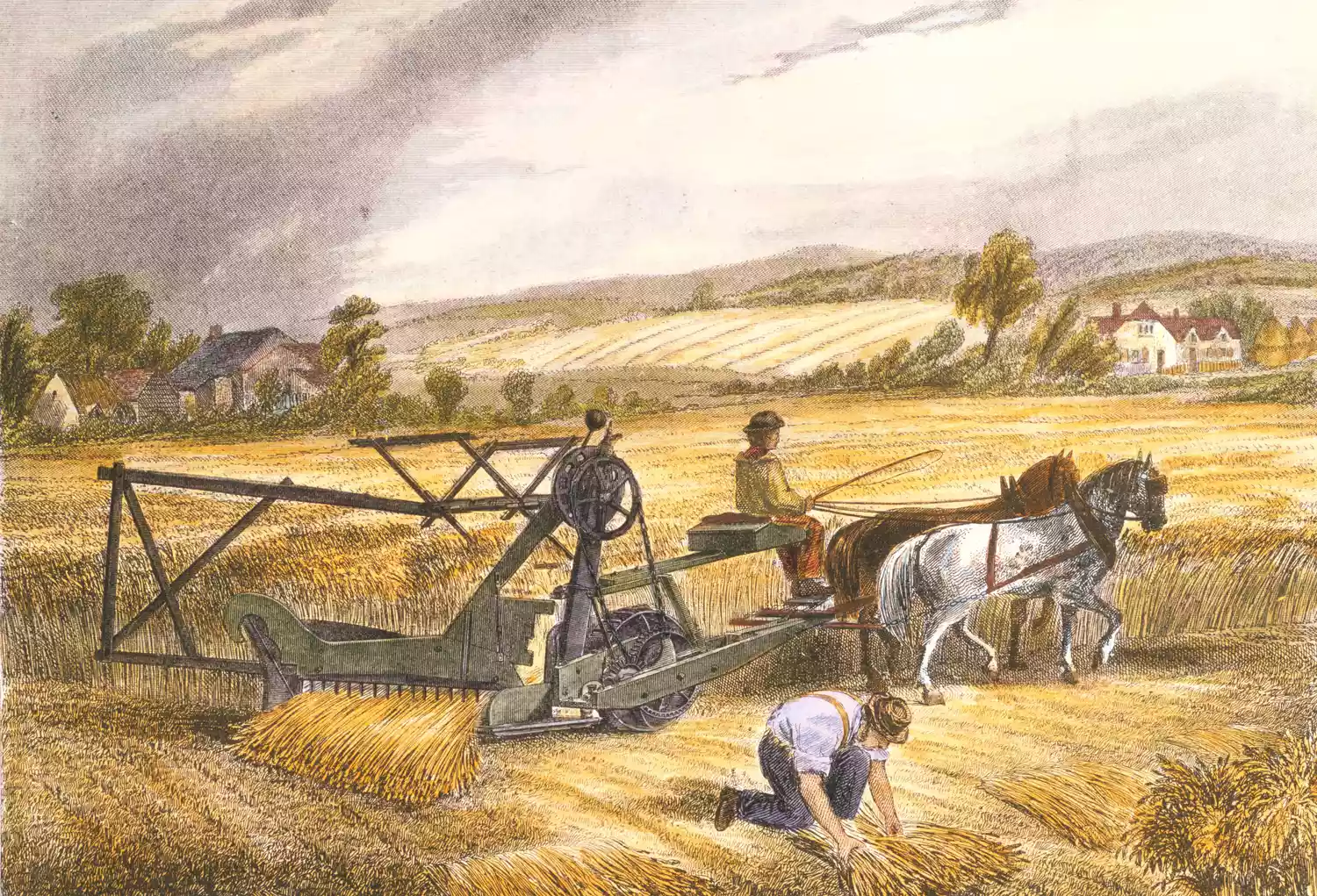farm equipment swather
Understanding Swathers in Modern Agriculture
In the realm of modern agriculture, efficiency and productivity are paramount. One of the crucial pieces of equipment that has revolutionized the way farmers harvest forage crops is the swather. This machine, often referred to as a mower-conditioner, plays a vital role in preparing hay and silage, which are essential for livestock feeding. In this article, we will delve into what a swather is, how it operates, and its significance in farming operations.
What is a Swather?
A swather is a type of farm equipment specifically designed to cut and lay down forage crops like hay, alfalfa, or other legumes in a manner that facilitates drying and subsequent baling or chopping. It is equipped with sharp blades that slice through the stems of the plants, and its primary goal is to create a windrow— a row of cut crops that allows for efficient drying in the sun.
Modern swathers come in various forms, including pull-behind models that attach to tractors and self-propelled versions that provide greater mobility and ease of use. The choice between these models often depends on the size of the farm, the types of crops harvested, and the specific needs of the farmer.
How Do Swathers Operate?
Swathers are remarkably efficient machines that operate on a straightforward mechanism. As the machine moves through the field, its cutting mechanism, typically consisting of rotating knives or sickles, shears the crops at a pre-set height. Most swathing equipment is adjustable, allowing farmers to customize the cut to the specific needs of the crop and the intended end use.
Once the crops are cut, the swather lays them down in neat rows, or windrows, which helps them dry quickly in the sun and reduces the risk of mold or spoilage. Some swathers have built-in conditioners that crush the stems of the cut plants, speeding up the drying process even further. This dual-functionality enhances efficiency, allowing farmers to prepare forage more rapidly than ever before.
farm equipment swather

The Importance of Swathers in Farming
The significance of swathers in farming cannot be overstated. Forage crops typically need to be harvested at a specific time to maximize nutritional value, and swathers enable farmers to perform this task in a timely and efficient manner. The quicker the forage is cut and laid down, the better the quality of the feed produced, which is crucial for livestock health and productivity.
Moreover, using a swather can significantly reduce labor costs and time spent in the field. Traditional methods of harvesting forage are labor-intensive and often dependent on weather conditions. With a swather, farmers can optimize their operations, allowing them to focus on other important aspects of their farming business, such as soil management or pest control.
In an era where sustainability and resource management are on the forefront of agricultural practices, swathers contribute to the efficient use of resources. By enabling a faster and cleaner harvesting process, these machines help minimize waste and ensure that the maximum amount of crop material is converted into high-quality feed.
Conclusion
In summary, swathers have become an indispensable tool in the world of agricultural equipment. Their ability to efficiently cut and condition forage crops not only enhances productivity but also ensures the quality of feed for livestock. As technology continues to evolve, swathers are expected to become even more sophisticated, with features that increase their efficiency and ease of use.
Farmers who adopt swather technology are well-positioned to thrive in a competitive agricultural landscape. By investing in such modern equipment, they can save time, reduce labor costs, and ultimately enhance the sustainability of their farming operations. As the demand for high-quality forage grows, swathers will undoubtedly remain a pivotal component of successful farming practices.
Latest news
-
When to Upgrade Your Old Forage HarvesterNewsJun.05,2025
-
One Forage Harvester for All Your NeedsNewsJun.05,2025
-
Mastering the Grass Reaper MachineNewsJun.05,2025
-
How Small Farms Make Full Use of Wheat ReaperNewsJun.05,2025
-
Harvesting Wheat the Easy Way: Use a Mini Tractor ReaperNewsJun.05,2025
-
Growing Demand for the Mini Tractor Reaper in AsiaNewsJun.05,2025
